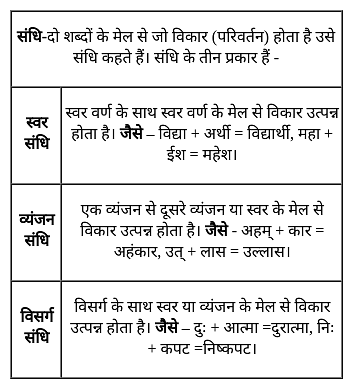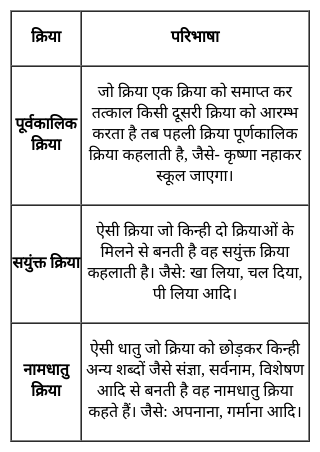KVS TGT Science Mock Test - 1 - KVS PGT/TGT/PRT MCQ
30 Questions MCQ Test - KVS TGT Science Mock Test - 1
Directions: In each of the following questions, a sentence has been given in Active (or Passive) Voice. Out of the four alternatives suggested, select the one that best expresses the same sentence in Passive/ Active Voice.
We must respect the elders.
Directions: A sentence is given here with a blank and you need to fill the blank choosing the word/words given below. If all the words given can fill the blank appropriately, choose ‘All are correct’ as your answer.
For the first time in its _______________, Oxford Dictionaries allowed the public to vote for ‘the Word of the Year for 2022’.
I. History
II. Course
III. Age
II. Course
III. Age
| 1 Crore+ students have signed up on EduRev. Have you? Download the App |
Directions: In this question, a phrase in the sentence is given in underlined. You are required to pick the option that best describes the meaning of the phrase, in the given context of the sentence.
You definitely cracked them up with your witty jokes and timely sense of humour.
Directions: Study the following question carefully and choose the right answer.
If ‘Development’ is written as ‘Tnemdevelop’. Then ‘Evaluation’ will be written as
Which combination best describe the principles of development-
(i) The growth pattern follows a genetic sequence.
(ii) Systems and functions of the organism grow at different rate.
(iii) Unfolding abilities and skills are spontaneously expressed.
(iv) The development is continuous.
A child who is physically weak also has a low level of emotional, social and mental development, which theory of development is reflected in this example?
What is the percentage of fat present in milk of full cream?
Some dinosaurs had feathers although they could not fly but birds have feathers that help them to fly. In the context of evolution this means that
Which one of the following elements has two valence electrons but is a noble gas?
What happens when dilute hydrochloric acid is added to iron fillings?
What is the quantity which is measured as the area occupied in the velocity-time graph?
The rate of change of momentum with respect to time is measured in
A Substance can be beaten into sheets and beaten into wires. What will you call it?
When air is blown from mouth into a test-tube containing lime water, the lime water turns milky due to the presence of






















